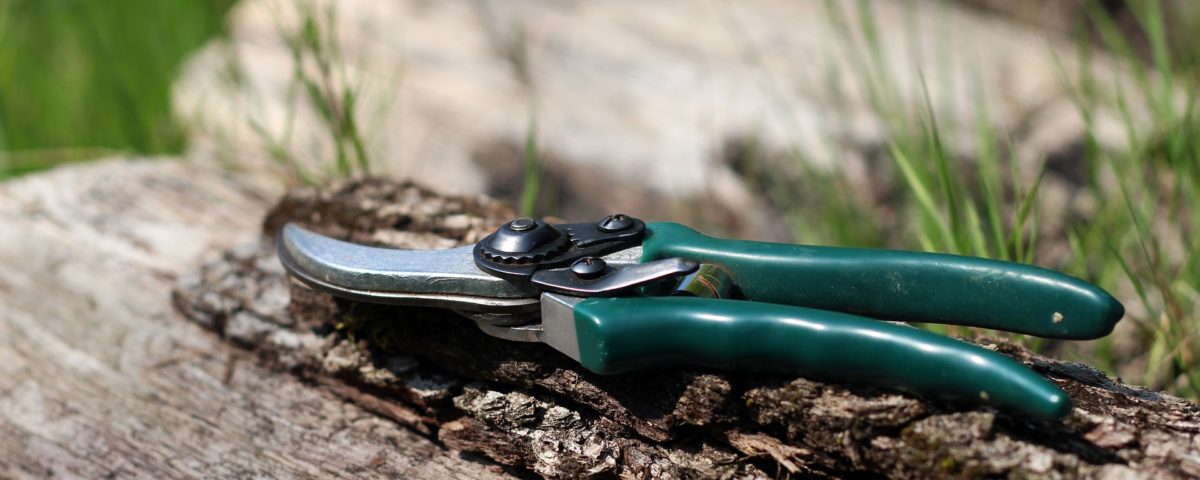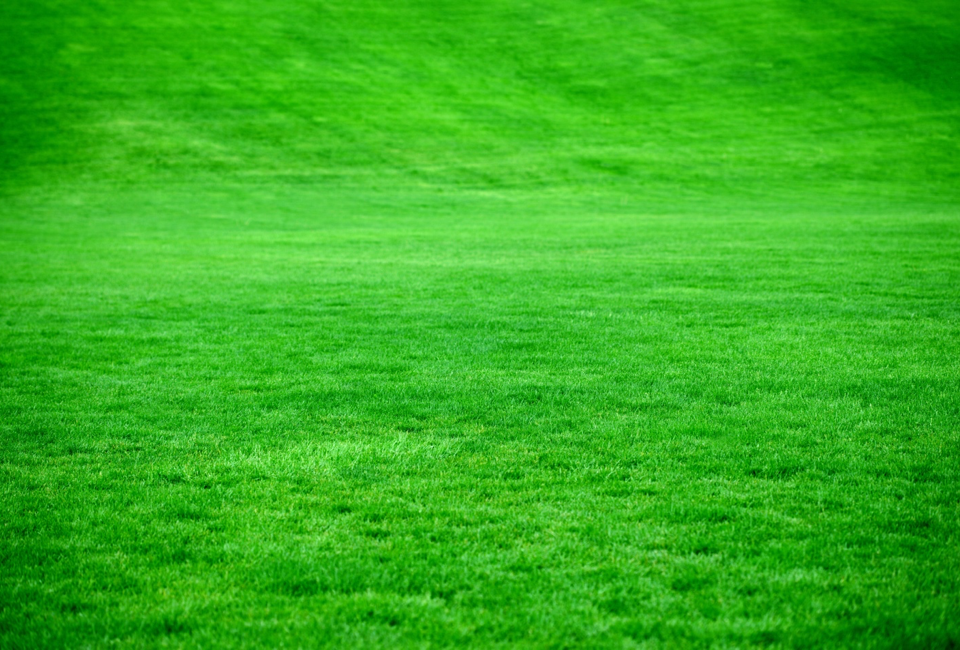
4 Common Summer Landscaping Mistakes to Avoid
April 30, 2020
Summer Lawn Care Tips to Keep in Mind
April 30, 2020Adding shrubs on your property can provide a big boost to your curb appeal and create a truly memorable landscape. There are plenty of different types of shrubs to choose from, which means finding the type that matches your style goals is not difficult. With that said, many landscapers pursue adding shrubs on their property without thinking through the maintenance that is required to keep them looking great. If you don’t take care of your shrubs, they will become overgrown and messy over time.
Pruning shrubs is a landscaping task that confuses many property owners. There’s a fine line between trimming off a little of your shrubs and overdoing it. Getting this landscaping task right will help your shrubs experience healthy growth, beautiful shapes, and tons of flowers if it is a flowering plant. Pruning your shrubs too heavily will do more harm than good and might even permanently damage them. That’s why we’ve put together a list of smart tips for pruning your shrubs below. This list is designed to give you exactly the information you need to prune your shrubs the right way and keep them healthy.
What is Pruning?
Pruning is the intentional removal of certain parts of a plant in order to help it grow healthier, look better, and provide more light and air circulation. Many landscapers also prune their shrubs in order to keep them at a manageable size. Pruning is a skill that will take some practice and getting used to, but it will pay off in a big way over time. Your property will look great and you will be helping your plants grow to their full potential by committing to pruning on a consistent basis.
Keep reading on below to learn more and remember that you can always reach out to Cal Blend Soils if you have any questions about landscaping or if you are interested in purchasing the best landscaping supplies on the market.
Pruning Tip #1 – Choose the Right Time to Prune
One of the keys to pruning your shrubs the right way is choosing the right season to prune them in. Every type of shrub is different, which means there are different times of year that are more appropriate for pruning certain plant types than others. Make sure you research the type of shrubs you have on your property to determine when the best time of year is to trim them.
If your landscaping features a lot of early spring flowering shrubs, make sure you prune them just after they bloom. If you have non-flowering shrubs, try to trim them after all of their new growth has completely grown in. For summer-flowering shrubs, head outside to prune them in the winter or early spring at the latest. Keep in mind that the time of year that you plan to prune your shrubs in will play a big role in your overall success.
Pruning Tip #2 – Learn Where to Begin Pruning
If you’ve never handled pruning a shrub before, you might be wondering where the best place on the plant is to start. There’s a strategy for pruning that will help you be efficient and get the most out of the time you spend working on your shrubs. Start with the areas of your shrubs that are clearly dead before moving on to other areas. Next, look for damaged and diseased areas of the shrub that might cause more damage if you don’t trim those parts off. The idea here is to target certain areas that are preventing your shrubs from growing to their full potential.
Removing dead and diseased branches will allow your shrubs to use nutrients to grow healthier and stronger. After you are able to prune back the dead and damaged structures on the plant, you can move on to additional pruning to make sure the plant is aesthetically pleasing. Just make sure you don’t go overboard with pruning, as this can be a bad thing for your plants.
Pruning Tip #3 – Trim Hedges with the Right Tools
If you are trying to trim up your hedges, the chances are good that you will need the right tools to get the job done. Hedge trimmers are the perfect solution. They will allow you to reach up high and simplify the way that you trim your hedges. After you use a hedge trimmer, you will never go back. Hand pruners can be good for the smaller branches, but you will have a hard time getting the same results on taller shrubs and hedges.
Make sure you remove the thickest branches first when you are using a hedge trimmer. You can also take advantage of a pivoting cutting head to reach specific areas of the plant. Again, try not to go overboard when you are trimming your hedges. It is very easy to cut things too short with a tool like a hedge trimmer, so keep that in mind before you begin.
Putting it All Together
We hope this article has helped you gain some valuable insight into the best way to prune your shrubs and plants. It takes some practice, but getting pruning down can pay off in a lot of big ways for your landscaping. Make sure you are pruning at the right time of year depending on the type of plants you are working on. Don’t start pruning until you know the areas you will target first. Last, explore using tools like hedge trimmers if you really want to take your pruning to the next level.
Remember that you can always reach out to Cal Blend Soils if you have any questions about your landscaping or if you want to explore using our great landscaping supplies. We offer discounts on bulk purchases and can even have our landscaping products delivered to the location of your choice. Contact Cal Blend Soils today to learn more.


